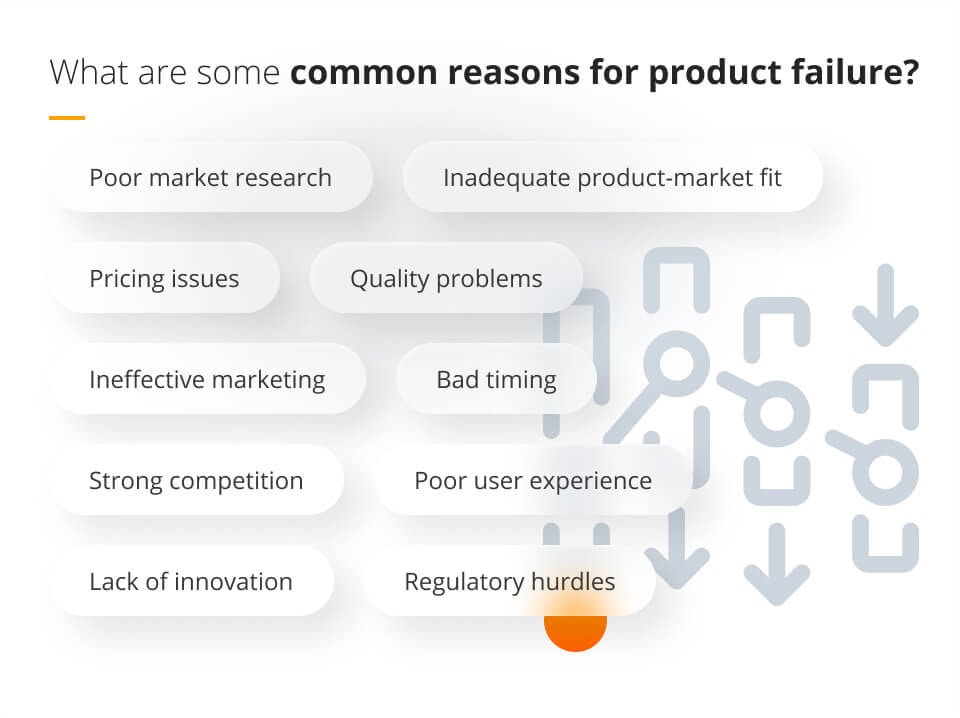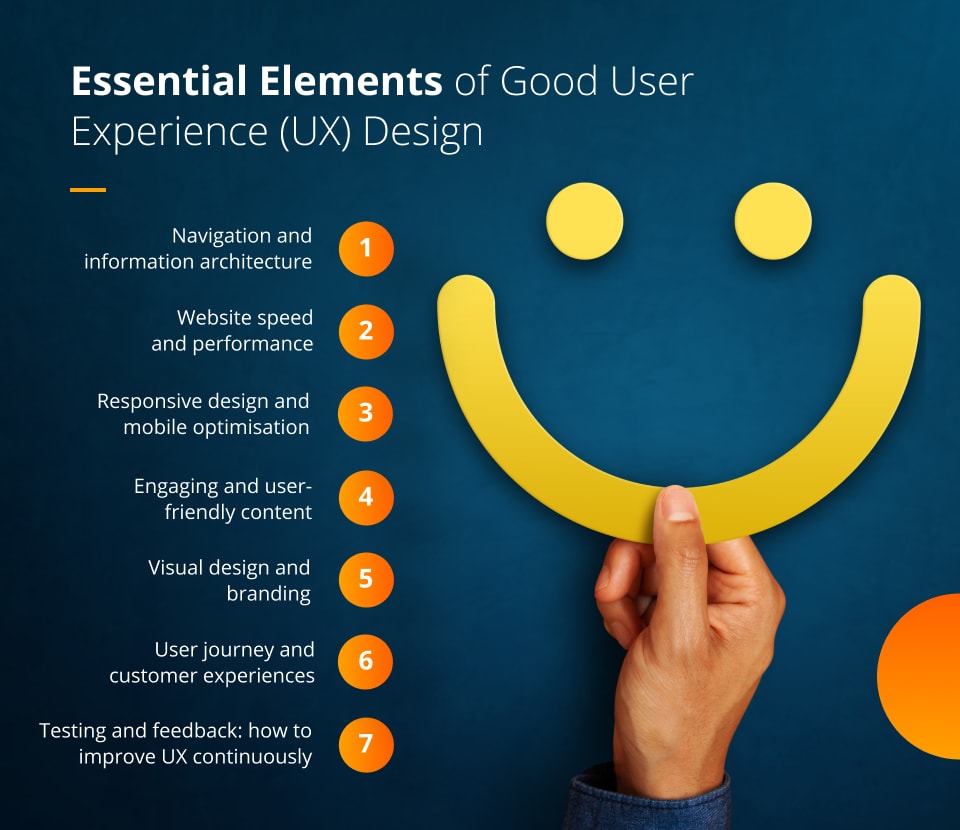
Product success: how to create a great product?
The definition of product success can vary depending on the specific goals of the company, the nature of the product, and the market in which it operates. What constitutes success for a niche B2B software may differ significantly from what defines success for a mass-market consumer gadget.
What defines product success?
Product success is a concept that goes beyond simple financial metrics, although profitability certainly plays a huge role. At its core, product success is defined by how well a product meets the needs and expectations of its target audience while achieving the business objectives set for it.
A successful product typically solves a real problem or fulfills a genuine need in the market. It delivers value to its users, whether by saving them time, money, or effort, or by providing them with a desired experience or outcome. This value proposition should be clear and compelling enough to attract and retain customers.

Moreover, product success often extends beyond the product itself to encompass the entire user experience, including customer support, user behavior, ease of use, sales and marketing costs, customer retention, and overall brand perception.
A product that is technically sound but difficult to use or poorly supported may struggle to achieve true success.
Thinking about building a new project? If so, take a peek at our other articles:
- The Product Culture – everything you must know
- 3 strategies focused on building customer value [Future Processing example]
- Requirements Engineering: choose the workshop that best suits your needs
What are the key factors that contribute to product success?
Product success hinges on several key factors ensuring it not only meets market needs but also stands out among competitors.

Market research: understanding the target audience, their needs, preferences, and pain points helps in designing a product that truly resonates with them. Analysing competitors and identifying gaps in the market allows a company to position its product strategically.
Innovation and unique value proposition: innovation is crucial for differentiation. A product must offer unique features or benefits that set it apart from existing solutions. This could involve leveraging new technologies, introducing novel functionalities, or improving on existing features in a way that significantly enhances user experience, Net Promoter Score or other product success metrics.

Quality and reliability: high-quality and reliable products build customer trust and satisfaction. Ensuring functional design, restrictive testing, and consistent performance is essential. A product that consistently meets or exceeds customer expectations is more likely to succeed in the long run.
User Experience (UX): successful products should be easy to use, with a clear and user-friendly interface. Good UX design enhances customer satisfaction, reduces friction, customer churn rate and increases the likelihood of repeat usage and customer loyalty.

Competitive pricing: setting a competitive and value-based pricing strategy is important. The price should reflect the value while remaining attractive to the target market. Understanding the price sensitivity of the market and competitors’ pricing strategies helps in positioning the product effectively and increasing monthly recurring revenue.
Monitoring customer behavior and adaptation to customer feedback: continuous engagement with customers and incorporating their feedback is key to ongoing success. This helps in identifying areas for improvement, addressing issues promptly, and evolving the product in line with customer expectations and user interactions.
Strategic partnerships: forming strategic partnerships can enhance product success by expanding reach, adding value, and leveraging the strengths of other organisations. Collaborations can open new market opportunities and provide additional resources or expertise.
Product success is a multifaceted achievement that requires a deep understanding of the market, a focus on innovation and quality, effective marketing, continuous customer engagement, and strategic adaptability.

How do you measure product success?
Measuring product success involves a comprehensive approach that combines quantitative metrics with qualitative insights. The process begins with clearly defining what success means for your specific product, as this can vary depending on the product type, target market, and business goals.

Quantitative measurements often form the structure of product success evaluation. These typically include financial metrics such as average revenue, profit margins, and return on investment (ROI).
Other key performance indicators (KPIs) might include market share, active users, paying customers, sales growth rate, and customer acquisition cost.
For digital products, metrics like user engagement, daily or monthly active users, conversion rates, and customer lifetime value are crucial.
Customer-centric metrics play a vital role in measuring product success. Net Promoter Score (NPS), which gauges customer loyalty and likelihood to recommend the product, is widely used.
Customer satisfaction score, retention rate, how many users there are or how satisfied customers are provide valuable insights into how well the product meets user needs and expectations.
Read more:
- What really matters in modern customer-centric design?
- Human-Centered Design: how empathy and innovation shape IT products
- A digital product consultant – your guide to successful digital transformation
Usage metrics are particularly important for software products. These might include feature adoption rates, time spent using the product, frequency of use, and user flow. Such data can reveal how effectively the product is solving user problems and where improvements might be needed.
Qualitative measures, while sometimes harder to quantify, are equally important. Feedback gathered through customer surveys, interviews, and support interactions can provide deep insights into user satisfaction and pain points. Social media sentiment and online reviews can also offer valuable perspectives on how the product is perceived in the market.
Time is an important factor in measuring product success. Short-term metrics should be balanced with long-term indicators to ensure that immediate gains are not achieved at the expense of sustainable success. Trends over time often reveal more about a product’s success than snapshot data.
By using a mix of quantitative and qualitative metrics, and continuously refining your measurement approach, you can gain a comprehensive understanding of your product’s success and areas for improvement.

How do you choose the right product success metrics for your business?
Choosing the right product success metrics for your business is a critical process that requires careful consideration of your product’s nature, your business goals, and your target market. This process involves several key steps and considerations.
Firstly, it’s essential to align your metrics with your overall business objectives. Consider what your company is trying to achieve with this product. Are you aiming for rapid user acquisition, revenue growth, market penetration, or perhaps establishing a loyal customer base? Your primary business goals should guide the selection of your key metrics.

Next, consider the stage of your product lifecycle. A new product might focus more on adoption rates and user feedback, while a mature product might prioritise retention rates and revenue per user. The metrics that matter for a product in its growth phase may differ significantly from those relevant to a product in its maturity or decline phase.
Understanding your target audience is crucial in selecting appropriate metrics. B2B and B2C products often require different success metrics. For instance, a B2B product might focus more on average customer lifetime and account expansion, while a B2C product might prioritise daily active users and viral coefficients.
It’s also important to consider both leading and lagging indicators. Leading indicators, such as user engagement rates or feature adoption, can help predict future success, while lagging indicators, like revenue or market share, confirm past performance. A balanced mix of both types provides a more comprehensive view of your product’s performance and potential.

Consider the feasibility of data collection and analysis. Ensure you have the tools and resources to accurately measure and interpret the metrics you choose. Complex metrics that are difficult to track or understand may hinder rather than help your decision-making process.
It’s often beneficial to look at industry standards and benchmarks. While your specific metrics should be tailored to your product and goals, understanding what metrics are commonly used in your industry can provide valuable context and comparison points.
Remember that metric selection is not a one-time process. As your product evolves and market conditions change, regularly review and adjust your metrics to ensure they remain relevant and aligned with your current objectives.
Find out how to monitor the performance of your projects:
- Product roadmap guide: design the path to success
- IT strategic planning: roadmap from vision to execution
- 6 DSIs to help you with Software Delivery Management
What are some common reasons for product failure?
There are several common reasons why products can fail in the market:
- Poor market research – misunderstanding customer needs or market demand.
- Inadequate product-market fit – the product doesn’t solve a real problem, reflect actual user behavior or needs.
- Pricing issues – either too high, making the product uncompetitive, or too low, affecting profitability.
- Quality problems – defects, reliability issues, or subpar performance compared to expectations or competitors.
- Ineffective marketing – failure to reach the target audience or communicate the product’s value proposition.
- Bad timing – entering the market too early or too late.
- Strong competition – inability to differentiate from or compete with existing products.
- Poor user experience – difficult to use, unintuitive design, or lack of user-friendly features.
- Lack of innovation – failing to offer significant improvements or unique features compared to alternatives.
- Regulatory hurdles – failing to comply with relevant laws, standards, or regulations.

How do you maintain product success over time in a competitive market?
Creating a great product requires a holistic approach that begins with thorough market research to understand the target audience and analyse competitors.
This foundation allows for the development of a product that solves real problems and provides clear value to users. The design and development process should be iterative, using prototypes and minimum viable products to gather and incorporate user feedback continuously.
User experience should be a top priority, with a focus on creating intuitive, user-friendly interfaces that are accessible to the target audience. Quality assurance is crucial, involving rigorous testing to ensure reliability and high performance. Innovation and differentiation are key to standing out in the market, offering unique features or improvements over existing solutions.

Strong branding and effective marketing strategies are required to reach and engage the target audience. Scalability should be considered from the outset, with product architecture designed for future growth and production capabilities that can meet potential demand.
Data-driven decision making, using analytics and tracking key performance indicators, helps inform product strategy and development. Cross-functional collaboration between design, engineering, and business teams ensures all aspects of the product are aligned towards common goals.
See how to put data into practice in business and product development:
- What is data discovery & why it matters?
- Data-driven design: how can it help grow your business?
- Data modelling: a guide to techniques, models and best practices
Finally, regulatory compliance and addressing ethical considerations are important to avoid potential legal issues and maintain a positive brand image.
By integrating these strategies, companies can increase their chances of creating a product that not only meets user needs but also stands out in the market and achieves long-term success.
Get personalised advice for Your product’s journey to success
Creating a great product requires a deep understanding of the market, innovative thinking, and a commitment to quality and customer satisfaction. At Future Processing, we specialise in helping businesses navigate this complex process through our comprehensive IT consulting services.
Whether you need assistance with product discovery, preparation, or implementation, our experienced team is here to support you every step of the way.
Contact us today to discover how we can help turn your product vision into a reality and ensure its success in a competitive market!





